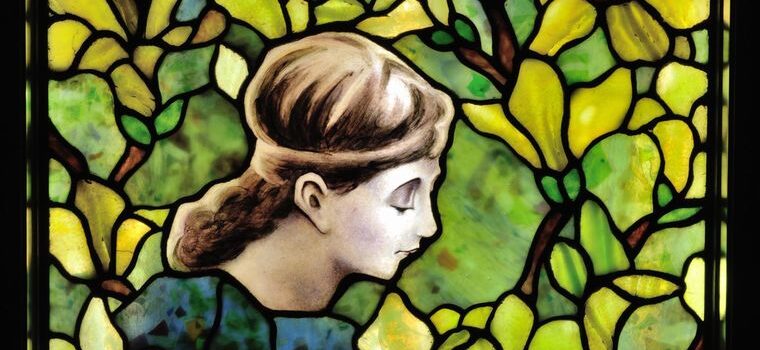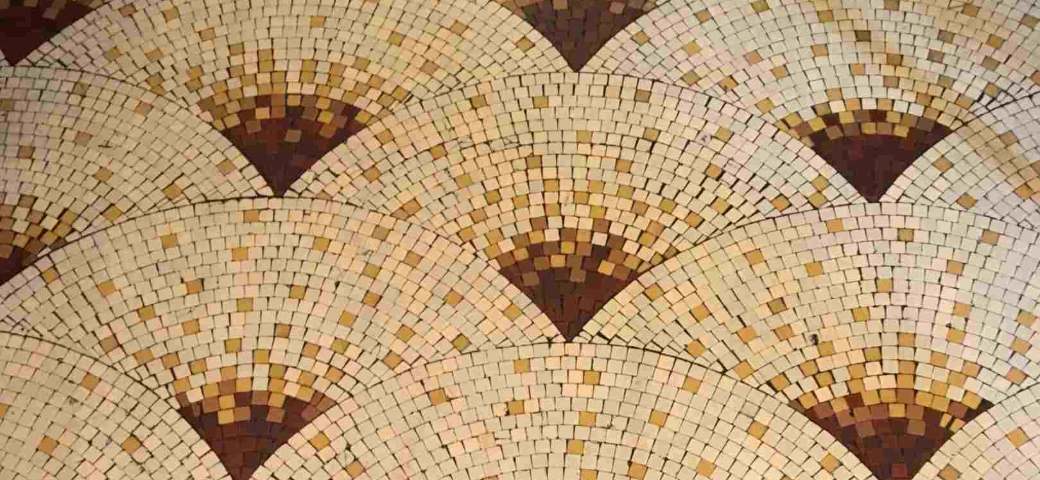In the last three years, AI image generators like Midjourney have transformed from a curiosity to a dominant creative tool. While now facing intense competition from rivals like Adobe Firefly and OpenAI’s video model Sora 2, Midjourney remains highly popular, despite ongoing lawsuits concerning intellectual property.
What styles and creators are users relying on to guide these powerful models? New research by the platform Kapwing sheds surprising light on the artists whose work is most frequently replicated.
Among non-living, traditional artists, the name used most in Midjourney prompts is not a Renaissance master, but a champion of Art Nouveau.
| Rank | Artist Name | Style | Prompt Count |
| 1. | Alphonse Mucha | Art Nouveau | 230,794 |
| 2. | Rembrandt | Baroque | 128,143 |
| 3. | Leonardo Da Vinci | Renaissance | 61,259 |
| 4. | Norman Rockwell | American Illustration | 57,583 |
The Czech Art Nouveau painter Alphonse Mucha was used in a massive 230,794 prompts for images and videos, vastly surpassing more universally known names like Da Vinci and Rembrandt.2 This highlights the popularity of the flowing, decorative, and iconic Art Nouveau style within the AI art community.
Contemporary Artists vs. Digital Clones
The study separated contemporary visual artists, classing them as ‘illustrators.’ Here, the findings are more controversial, directly showcasing the intellectual property concerns surrounding AI:
The most prompted contemporary artist is the Chinese digital artist WLOP (166,415 prompts). He is followed closely by Polish fantasy artist Greg Rutkowski and Taiwanese illustrator Krenz Cushart.
All three of these artists are alive, actively creating, and their names were used in more prompts than art legends like Klimt or Dalí. Rutkowski, who is part of a class-action lawsuit against Midjourney, has voiced his distress, noting that AI allows “Someone [to] create something in a matter of five seconds using my name… as a guideline for style.”
Other Cultural Touchpoints
Beyond painting, the study revealed other popular cultural touchstones used to define style:
- Director: Wes Anderson leads the category with 92,378 prompts, followed by Tim Burton.
- Architect: Zaha Hadid is the most-used architect by far (63,103 prompts), reflecting a demand for futuristic, fluid designs.
- Franchises: Star Wars (160,495) and Batman (110,586) are the media franchises most frequently cited in prompts.
While the study’s scope was limited to a pre-defined list of keywords, it powerfully illustrates the massive scale at which artists’ unique styles—particularly Alphonse Mucha’s Art Nouveau—are being replicated on the platform, often without consent.
So, the unlikely king of AI Art is Alphonse Mucha. Who was Alphonse Mucha (1860-1939)? Click HERE to find out.
Because of its high quality and business model, Midjourney is currently a paid subscription service and no longer offers a public free trial. However, the image examples we are analyzing were taken directly from the samples they display online and on their official website:
These pics have been generated by IA using Gemini:
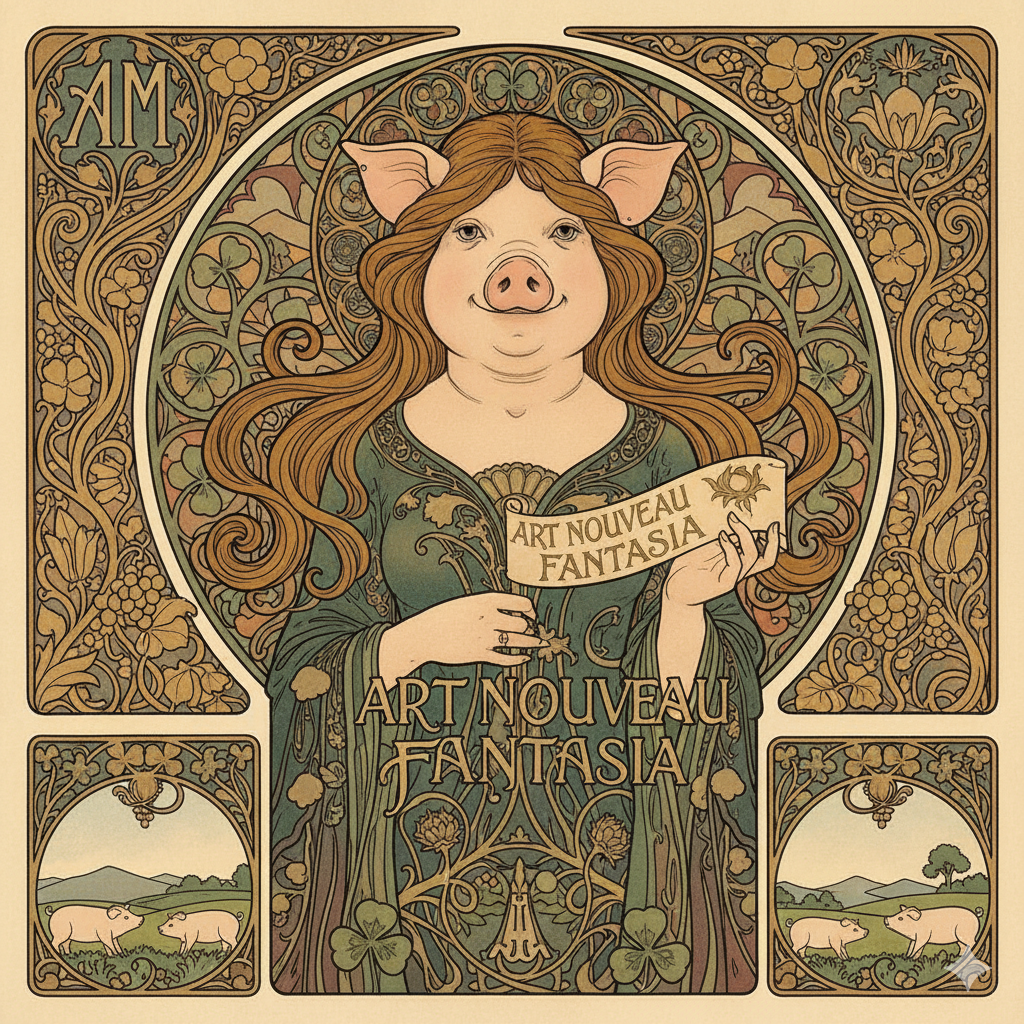
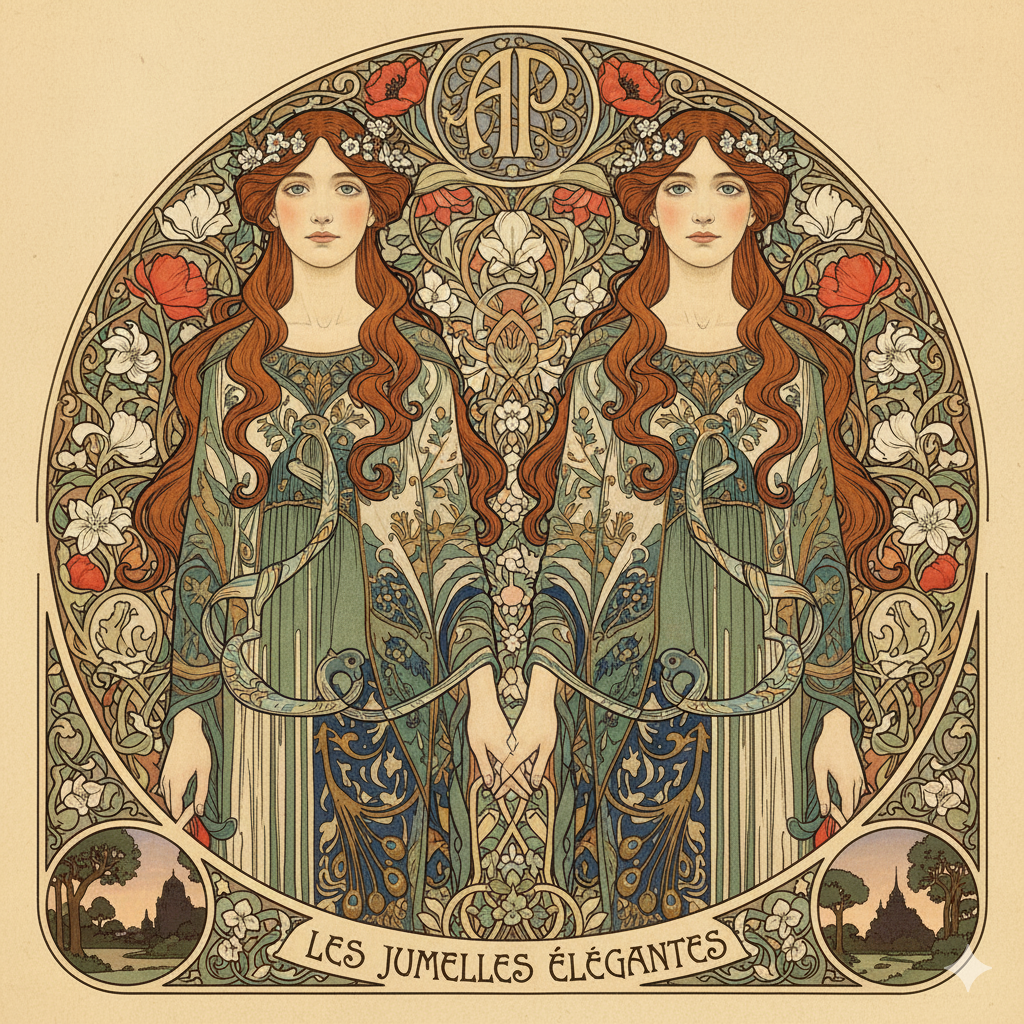

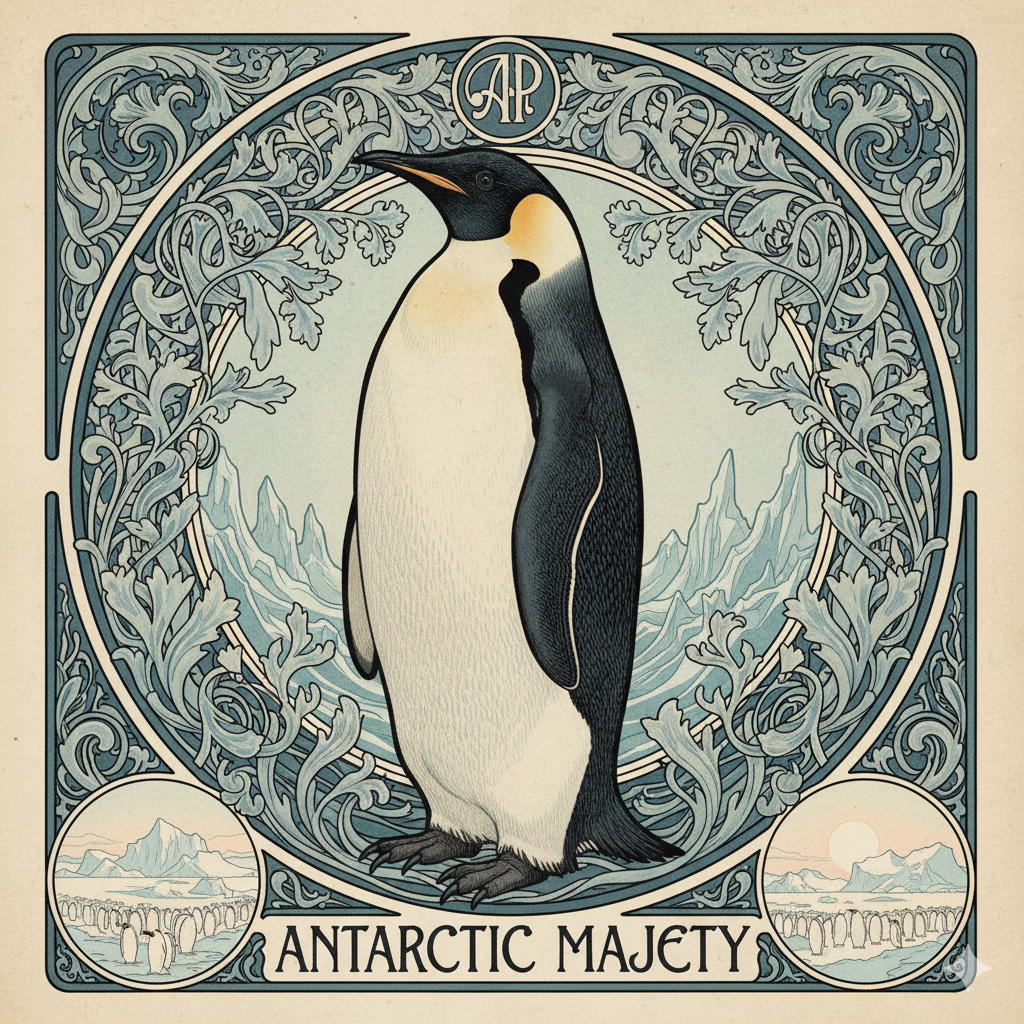

These pics have been generated by IA using Perplexity:
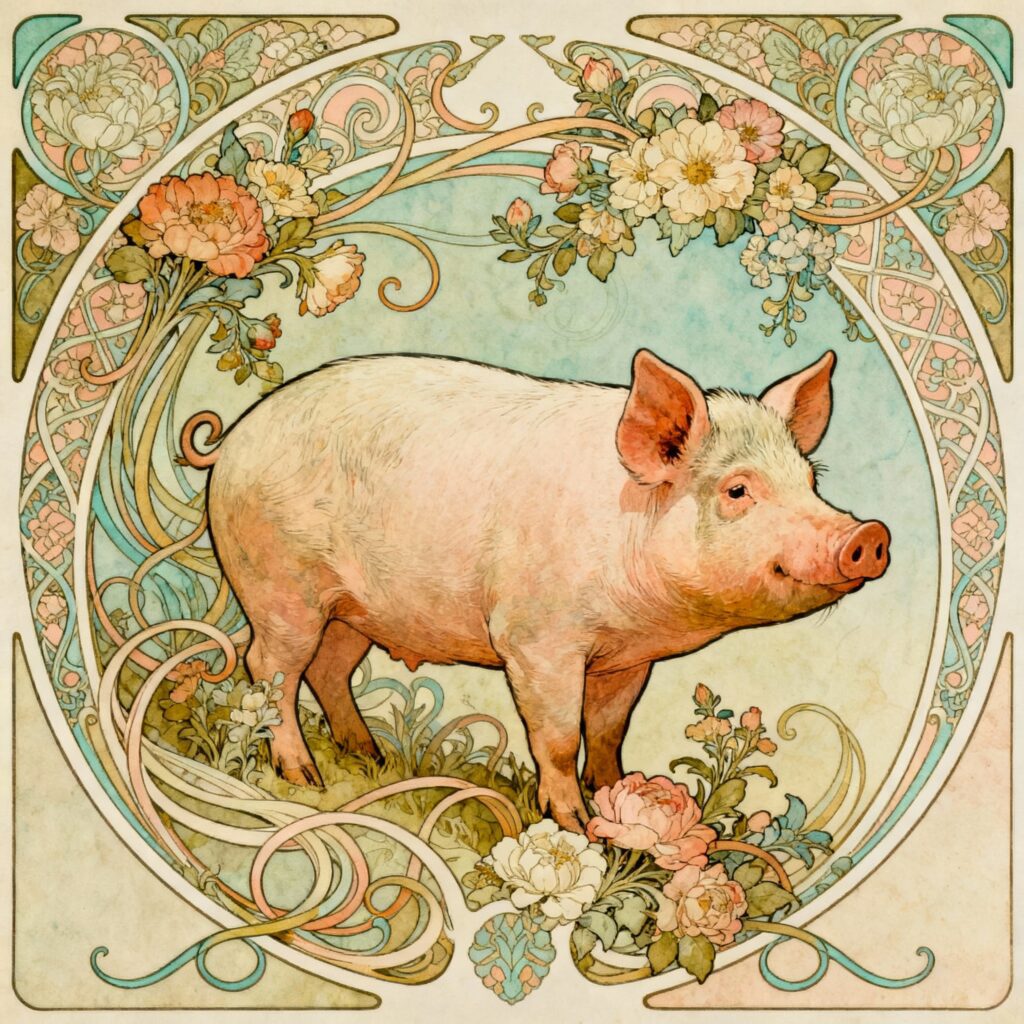



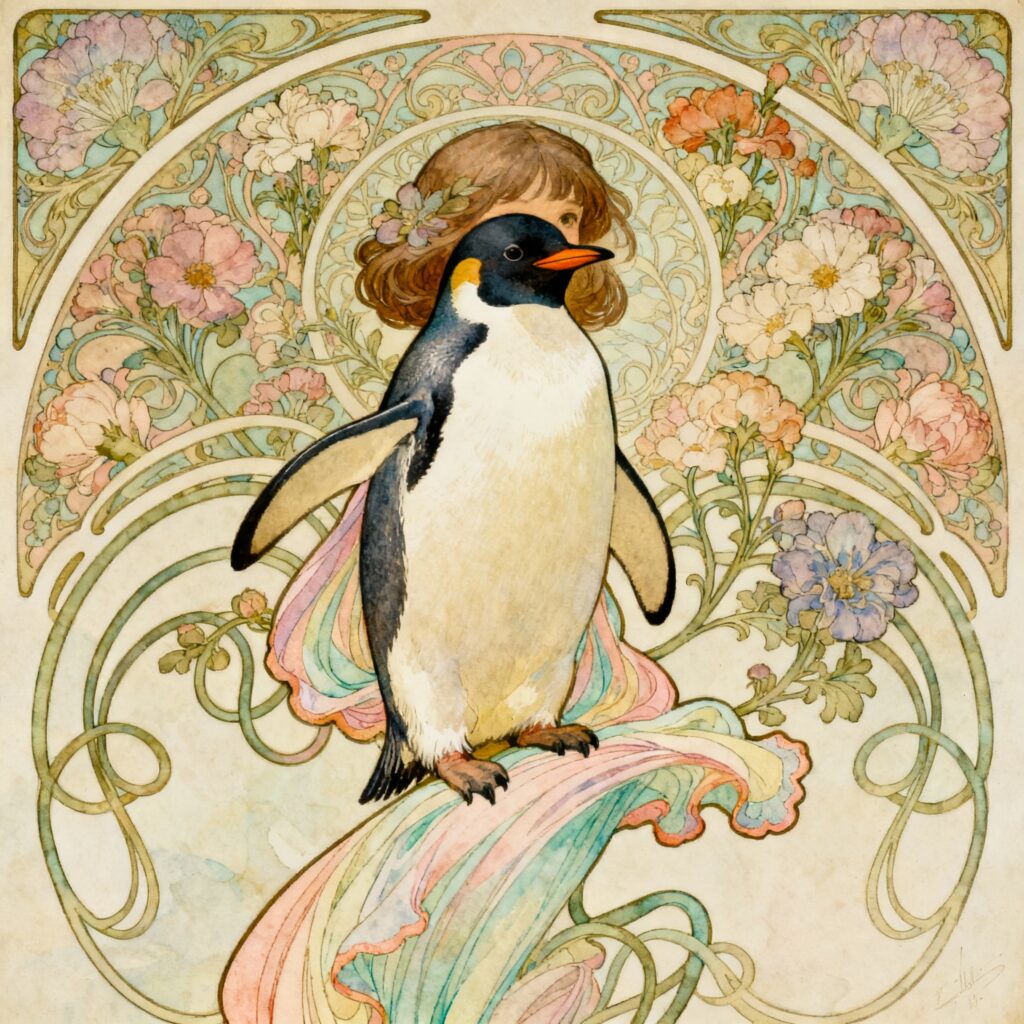

From October 8, 2025, to March 8, 2026, Rome is hosting “Alphonse Mucha. Un trionfo di bellezza e seduzione” (A Triumph of Beauty and Seduction)—an unparalleled and extensive exhibition dedicated to the Czech master. Click HERE for more info.
As the generated images at the bottom of this article clearly illustrate, the foundational power and mastery of Alphonse Mucha’s original work far outshine the attempts of even the most sophisticated AI image models. Interestingly, our perception is colored by familiarity. We have been exposed to Mucha’s iconic originals countless times, making them visually comfortable and instantly legible. In contrast, the AI-generated designs are, by their very nature, new and statistically derived, which can make them feel unsettlingly foreign compared to the beloved classics.
However, the technology is fascinating when leveraged correctly. The most compelling results emerge when we treat the AI not as a final artist, but as a filter, adding our own images and vision to the design. This hybrid approach yields genuinely interesting and novel aesthetics.
While generative tools like Midjourney can successfully mimic Mucha’s recognizable visual syntax—the flowing hair, the circular framing, and the pastel palettes—they routinely fail to capture the very essence that defines his genius.
Mucha’s Art Nouveau style was never just about decoration; it was about compositional harmony and symbolic depth.
The Soul of the Original Art
- Intent and Narrative: Mucha’s panels, whether for advertising or art, always served a specific human purpose: illustrating the seasons, promoting a play, or embodying a virtue. His figures conveyed palpable mood and emotion. AI, by contrast, operates on a statistical understanding of “Mucha-ness,” resulting in images that are stylistically correct but often empty of true narrative intent or soul.
- Line Quality and Grace: The originals showcase an inimitable quality of line. Mucha’s signature flowing lines possess a weight and dynamism that guide the viewer’s eye effortlessly. AI frequently over-complicates or renders these lines with a digital stiffness that lacks the organic, almost calligraphic grace of the human hand.
- Color Depth and Texture: Mucha achieved subtle tonal shifts and rich texture through meticulous hand-drawn techniques and lithography. While AI can reproduce the color scheme, it struggles to replicate the tactile quality and the complex interplay of light and shadow found in the printed originals, often producing a flat, overly smooth aesthetic.
In conclusion, while AI can imitate, it cannot recreate the artistic vision, deep humanism, and masterful technique that make Mucha’s originals timeless icons of the Art Nouveau movement.
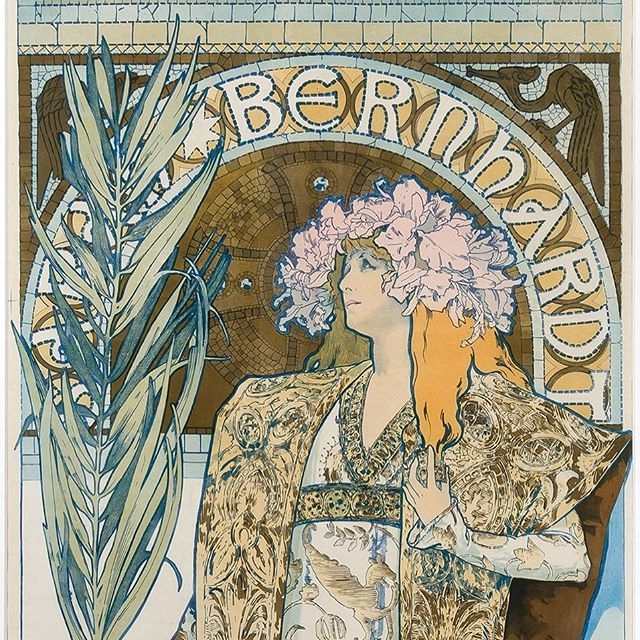



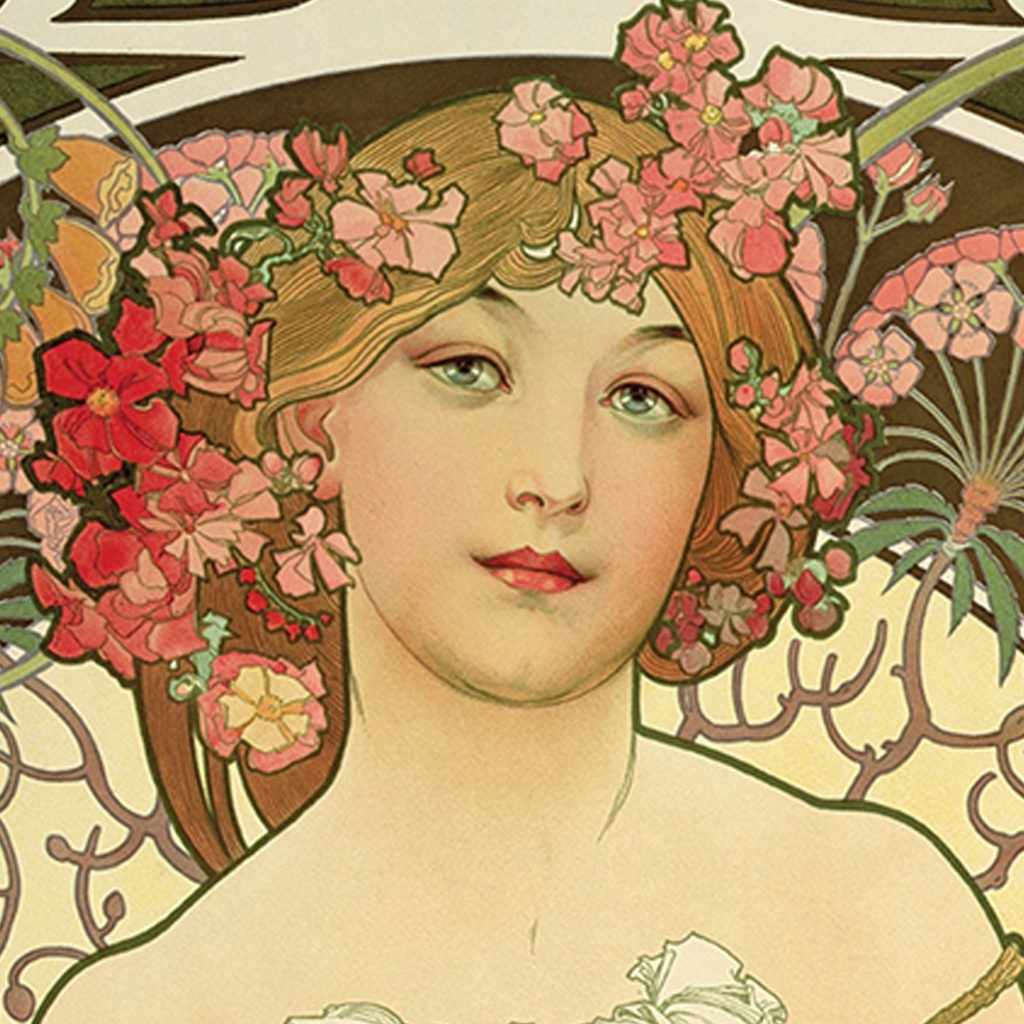





Discover Prague’s Golden Age of Art Nouveau
Escape the standard tourist route and immerse yourself in the elegant Golden Age of Prague’s Art Nouveau. Our exclusive Prague & Alphonse Mucha Private Tour is designed for the art enthusiast seeking a deeper connection with the city’s soul. We invite you to trace the influence of Alphonse Mucha—the undisputed master of the movement—through architectural masterpieces, hidden gems, and the legendary café culture that defined Prague’s identity at the turn of the 20th century. This experience goes far beyond the guidebook, revealing the unmatched elegance and innovation that shaped the Czech capital.
You are in complete control of your discovery. This private journey offers flexible durations, from a tight 2-hour immersion into the key highlights to an exhaustive 8-hour full-day exploration of architectural masterpieces and hidden corners. Leave the crowds behind and join us for a personalized experience guaranteed to showcase the most refined buildings and the artistic essence of Prague. Don’t settle for less; customize your perfect Art Nouveau adventure today.
Get informed aboout the flexible 2 to 8 Hour Private Tour on Prague and Alphonse Mucha.





